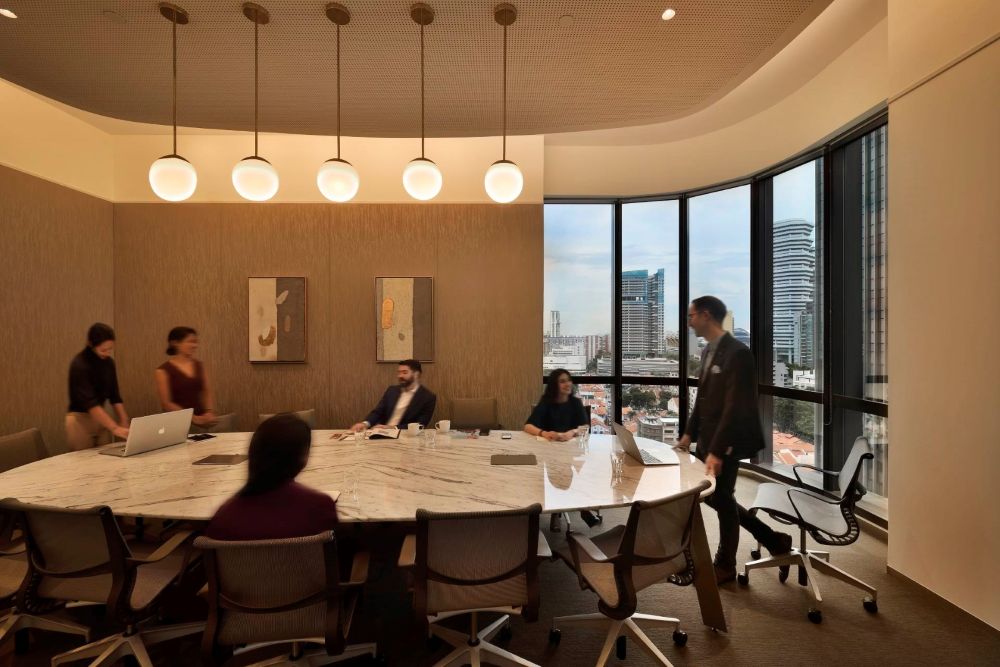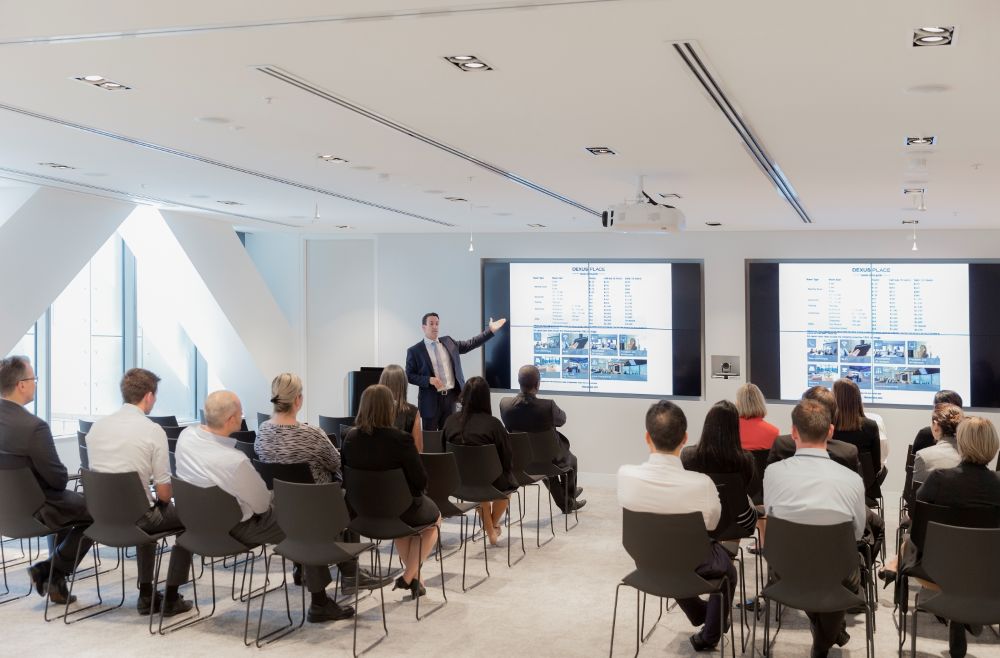In today's fast-paced and interconnected business world, the ability of teams to work together effectively is critical to organisational success. Strong teamwork and seamless collaboration drive innovation, boost productivity and foster a more positive and engaged workforce. However, many teams encounter significant hurdles in achieving true synergy, often struggling with communication breakdowns, conflicting priorities and a lack of shared understanding.
This guide aims to provide you with straightforward and actionable strategies on how to enhance teamwork and collaboration within your workplace. We'll explore practical steps that can be implemented immediately to break down silos, improve communication flow and cultivate a more cooperative and productive environment for your team's collective success.
Understanding the Foundations of Effective Teamwork and Collaboration
Effective teamwork and collaboration goes beyond simply working in the same vicinity. They represent a synergistic process where individuals combine their skills, knowledge and perspectives to achieve common objectives.
In this regard, several key elements underpin successful teamwork and collaboration. These include fostering mutual respect among team members, establishing open and transparent communication channels, and building a foundation of trust where individuals feel safe to share ideas and contribute freely. Crucially, a supportive and well-designed workspace contributes significantly towards laying the groundwork for these essential elements to thrive.
Practical Strategies to Improve Teamwork and Collaboration
Here are some ways on how you can improve your organisation’s teamwork and collaboration:
- Foster Open and Honest Communication: Clear, timely and respectful communication forms the bedrock of effective teamwork. Teams that prioritise transparent dialogue, both in person and through the appropriate digital channels, experience fewer misunderstandings and greater alignment at the workplace.
- Establish Clear Roles and Responsibilities: When each team member understands their specific duties and the expectations placed upon them, confusion diminishes and accountability increases. Most importantly, recognising and leveraging the individual strengths and expertise within your team ensures that tasks are allocated effectively and efficiently.
- Promote Active Listening and Empathy: Truly hearing and understanding the perspectives of your colleagues builds stronger interpersonal connections and fosters a more supportive environment. Especially in more diverse work settings, empathy allows team members to appreciate different viewpoints and collaborate more harmoniously.
- Encourage Shared Goal Setting: When individual efforts are clearly aligned with overarching team objectives, a sense of unity and shared purpose emerges. Collaboratively defining goals ensures that everyone is working towards the same outcomes, fostering a more cohesive and driven team across any business landscape.
Creating a Culture of Collaboration in Your Workplace
Building a truly collaborative environment requires a deliberate and sustained effort, embedding cooperation into the very fabric of your organisation. Some things to keep in mind include:
- Leadership as the Catalyst: Leaders can champion collaborative practices by actively promoting open dialogue, encouraging cross-functional projects and setting an example of teamwork in their own interactions. Their commitment to shared success and willingness to break down silos will significantly influence the team's collaborative spirit.
- Recognising and Rewarding Collaborative Behaviours: To truly embed collaboration, it's crucial to acknowledge and reward individuals and teams who demonstrate effective teamwork. Highlighting successful collaborative projects and recognising those who actively contribute to a cooperative environment reinforces the value placed on these behaviours and encourages their repetition.
Additionally, the layout and atmosphere of a flexible workspace can naturally encourage interaction and collaboration. Communal areas, shared breakout spaces and open-plan designs can facilitate spontaneous conversations and the exchange of ideas. This type of environment can organically foster a sense of community, and make collaboration the norm rather than an exception.
The Role of Flexible Workspaces in Fostering Teamwork and Collaboration
Flexible workspaces are intentionally designed to break down traditional silos and promote interaction in ways that can significantly enhance teamwork. Here’s how:
- Serendipitous Encounters and Networking: Open layouts and communal areas in shared offices and coworking spaces often spark chance encounters and conversations across teams and companies. These informal interactions can create new ideas, lead to unexpected collaborations and build valuable professional networks.
- Shared Amenities and Communal Areas: Essential shared amenities like collaboration spaces, kitchens and lounges provide natural gathering points for team members. These communal areas encourage informal communication, allow for relaxed brainstorming sessions and foster a sense of camaraderie that strengthens team bonds.
- A Diverse Community that Can Offer Different Perspectives: Coworking spaces, in particular, often host a diverse mix of professionals from various industries and backgrounds. This exposure to different perspectives and skill sets can enrich team discussions, inspire innovative solutions and broaden the collective knowledge of your team.
Ultimately, the inherent design and community aspects of flexible workspaces make them highly beneficial for teams of all sizes, providing an environment that naturally supports interaction, communication and collaborative endeavours.
The Role of Technology in Enhancing Teamwork and Collaboration
Apart from the working environment, technology offers vital tools that streamline collaboration, especially for today's increasingly remote and hybrid teams. Some tools to consider are:
- Project Management and Task Tracking: Utilise platforms like Asana, Trello or Monday.com to organise tasks, assign responsibilities and track progress collaboratively.
- Instant Messaging and Communication: Employ tools such as Slack or Microsoft Teams for real-time communication, quick updates and dedicated project channels.
- Video Conferencing and Virtual Meetings: Leverage platforms like Zoom, Google Meet or Webex for seamless virtual meetings and face-to-face interaction across distances.
- Shared Document Editing and File Sharing: Utilise tools like Google Workspace or Microsoft OneDrive for collaborative document creation and easy file sharing.
Unlock Your Team’s Potential: Embrace Collaboration for Workplace Success

Ultimately, fostering effective teamwork and collaboration hinges on establishing open communication, defining clear roles, practicing active listening, aligning on shared goals and cultivating a supportive workplace culture. However, the physical environment where your team operates also plays a significant role in enabling these practices to flourish, underlining the importance of choosing the right workspace to unlock your team’s full potential.
Whether you're looking for a coworking space in Sydney, Hong Kong, or anywhere else in the world, The Work Project provides a holistic ecosystem that creates collaboration and boosts team success. To learn more about our available spaces or how to apply, visit our website or reach out to our team today!






